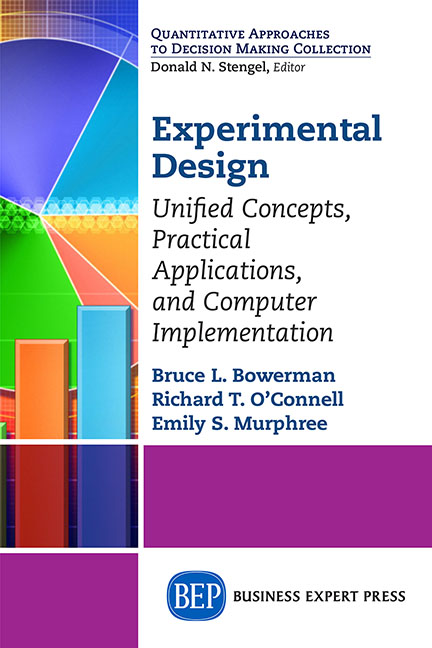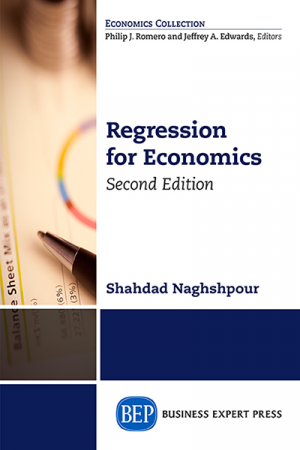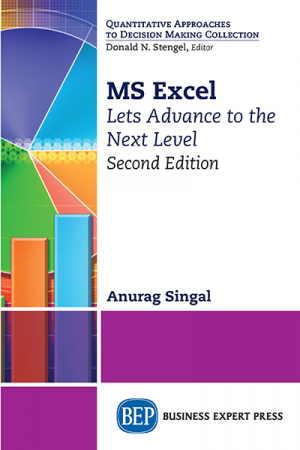Experimental Design: Unified Concepts, Practical Applications, and Computer Implementation
$21.99
This book is a concise and innovative book that gives a complete presentation of the design and analysis of experiments in approximately one-half the space of competing books. With only the modest prerequisite of a basic (non-calculus) statistics course, this text is appropriate for the widest possible audience, including college juniors, seniors, and first-year graduate students in business, the sciences, and statistics, as well as professionals in business and industry. This book is a concise and innovative book that gives a complete presentation of the design and analysis of experiments in approximately one-half the space of competing books. With only the modest prerequisite of a basic (non-calculus) statistics course, this text is appropriate for the widest possible audience including college juniors, seniors, and first-year graduate students in business and statistics, as well as professionals in business and industry. The book is able to accommodate this wide audience because of the unique, integrative approach that it takes to the teaching of experimental design. This text organizes and presents the two procedures for analyzing experimental design data – analysis of variance (ANOVA) and regression analysis – in a way that allows the student to move through the material more quickly and efficiently than usual, making the true advantages of both ANOVA and regression analysis more apparent. The book devotes most of its first three chapters to showing how to use ANOVA to analyze the type of experimental design data that it can appropriately be used to analyze: balanced (equal sample sized) data or unbalanced (unequal sample sized) data from one factor studies; balanced data from two factor studies (two-way factorials and randomized block designs); and balanced data from three or more factor studies. Chapter 3 includes a general ANOVA procedure for analyzing balanced data experiments. Regression analysis can be used to analyze almost any balanced or unbalanced data experiment but is less intuitive than ANOVA. Therefore, this book waits to discuss regression analysis until it is needed to analyze data that cannot be analyzed by ANOVA. This is in Section 2.4 where regression is explained from first principles and then used to analyze unbalanced data from two-way factorials and data from incomplete block designs. Regression is used again in Chapter 4 to analyze data resulting from two-level fractional factorial and block confounding experiments.
Additional information
| Copyright Year | 2015 |
|---|---|
| Pub Date | November 1, 2014 |
| Pages | 220 |
| ISBN | 9781606499580 |
| Print Price | $21.99 |
| EISBN | 9781606499597 |
| EBook Price | $9.99 |






